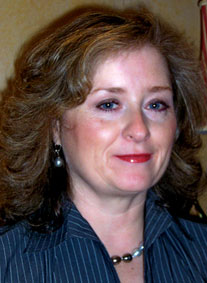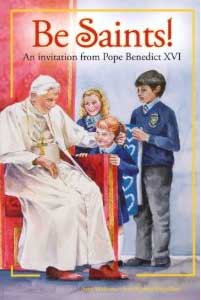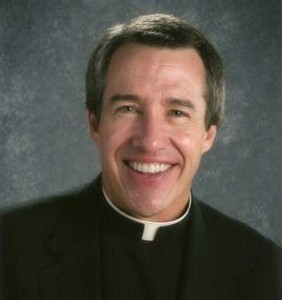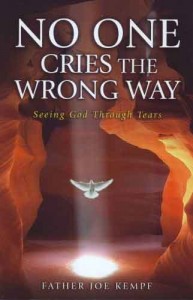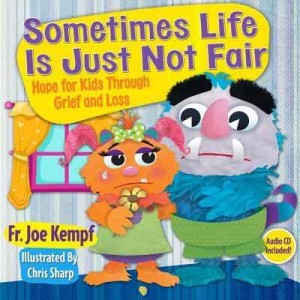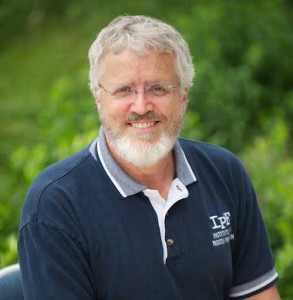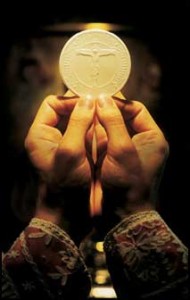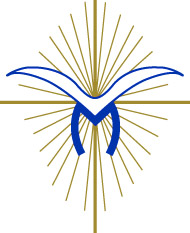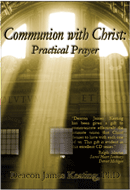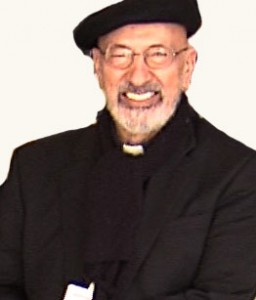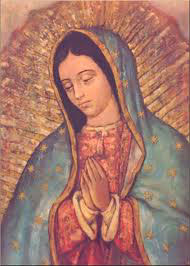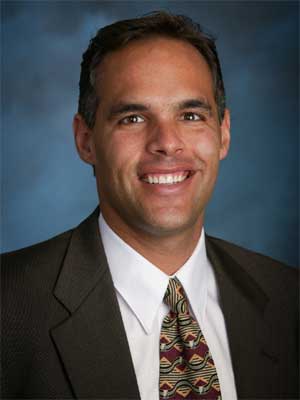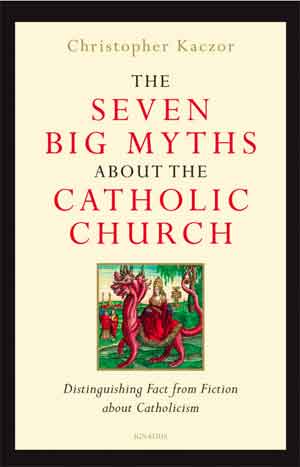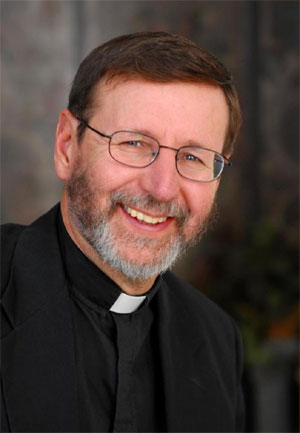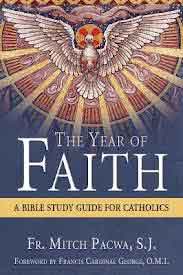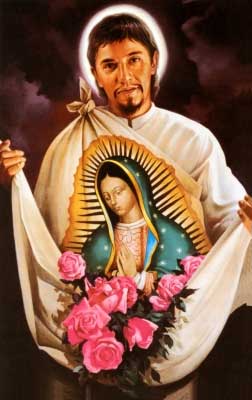I could have listened to Dr. James Hitchcock all day, he is absolutely fascinating. But the next best thing is to read his tremendous 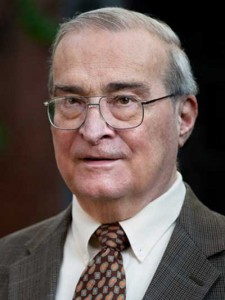 work, “The History of the Catholic Church: From the Apostolic Age to the Third Millennium”. The content is the best, the layout makes it so very accessible, and the storytelling is engaging…a must have and a perfect gift for family and friends! In our discussion, we discuss the influence of the papacy, Constantine, the 13th and 15th century, St. Augustine and St. Thomas Aquinas, and so much more. Not enough time, but so much fun. Don’t miss! One of my favorites of 2012!
work, “The History of the Catholic Church: From the Apostolic Age to the Third Millennium”. The content is the best, the layout makes it so very accessible, and the storytelling is engaging…a must have and a perfect gift for family and friends! In our discussion, we discuss the influence of the papacy, Constantine, the 13th and 15th century, St. Augustine and St. Thomas Aquinas, and so much more. Not enough time, but so much fun. Don’t miss! One of my favorites of 2012!
Podcast: Play in new window | Download (Duration: 4:18 — 3.9MB) | Embed
Subscribe: Apple Podcasts | Spotify | Amazon Music | Android | Pandora | iHeartRadio | JioSaavn | Podchaser | Gaana | Podcast Index | Email | TuneIn | Deezer | Anghami | RSS | More
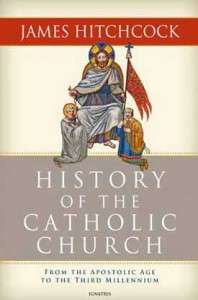 You can find the book here
You can find the book here
“For years, James Hitchcock has been our premier historian – a dissident from conventional wisdom, well-armed and solid. Here he pioneers a new method for presenting a long sweep of history: an orderly and altogether fascinating series of vignettes – of arguments, movements, distinctive persons, and concrete events. There is just enough narrative in these sequences to carry the reader along, but without involving her in excessive interpretation. This book provides both a great resource for easy reference, and a stimulating definition of a Christian humanism that holds in tension the transcendent and the down to earth, the holy and the sinful. This is a tension which Hitchcock maintains throughout.”
– Michael Novak

